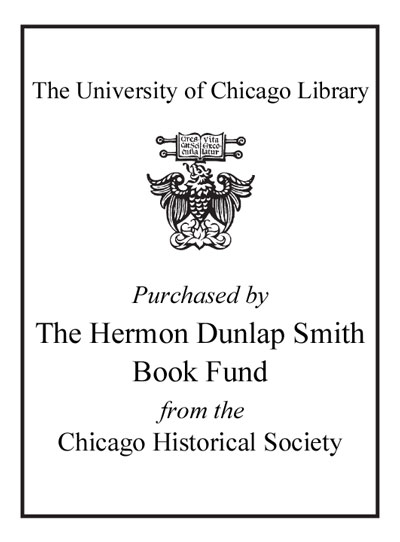Review by Choice Review
Ethnohistorian Nichols (Indiana State Univ.) harvests broadly across the Lake Plains, gathering the sagas of colliding empires. Readers encounter Native peoples put in motion, spun into orbit by one another and then by the intruding French, British, and American imperialists. As he explains, survival and "survivance" operate throughout the centuries under examination: some groups have vanished, others have blended, and a few continue into the present; singular bands even took advantage of the US Homestead Act, which was initially used by the settlers in overwhelming tribal lands. The cleverness of this tactic helped peoples like the Ho-Chunk/Winnebago survive with a current population of more than 10,000. Nichols reminds us that today's Midwest harbors descendants of first peoples' children's children who have mixed into yet other cultures drawn from strains of conflicting empires. The breadth of Nichols's study limits his ability to focus on many groups, but he does inform us well about those he describes. Students will find his bibliography helpful in pursuing tribes in more detail. A valuable resource for all academic libraries. Summing Up: Recommended. Lower-division undergraduates through faculty and professionals. --James H. O'Donnell, emeritus, Marietta College
Copyright American Library Association, used with permission.
Review by Choice Review

